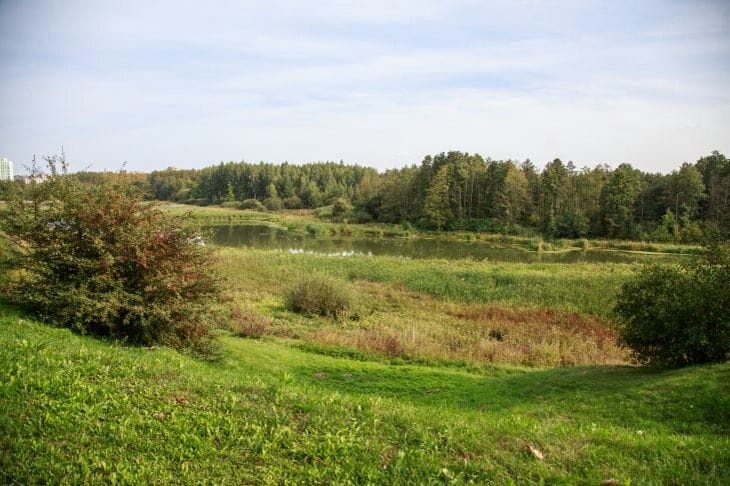Imagine: every rain turns the slope into a mudflow, and your favorite plants slowly “float” down.
A plot with a slope is not a death sentence, but a challenge for a creative gardener. The main thing is to get down to business in time, so that instead of problems you get a picturesque corner.
What is the danger of a slope without reinforcement?
Flat terrain with an angle of up to 10 degrees causes almost no trouble. But the steeper the slope, the more actively the soil "travels" downwards.

Rain washes away the fertile soil layer, snow layers in winter drag stones and roots along with them. Over time, even the foundations of buildings can suffer.
Experts often advise avoiding such areas: the costs of construction and arrangement are higher here, and a septic tank or well becomes a puzzle.
However, with the right approach, even a steep slope turns into a highlight of the landscape.
How to make soil stick
Terraces are a classic method that has been tested for centuries. Creating "steps" with retaining walls made of stone, concrete or gabions allows you to create a garden even on the slope of a ravine.
It is important not to forget about drainage: without water drainage, terraces risk becoming swamps. For walls with a height of half a meter, gravel backfill and drainage pipes are laid along the base.
Modern materials make the task easier. Geotextiles rolled out on the slope and secured with anchors stop erosion, but are only suitable for flat areas.
Geogrid with soil-filled cells copes with steep angles.
Biomats with grass seeds create an instant lawn, but require ideal conditions for germination.
The downside of such solutions is the amount of excavation work and restrictions on planting large plants.
Green Defenders: What to Plant on a Slope
Plants with strong roots are the best allies in the fight for slope stability.
Unpretentious shrubs are suitable for the upper tiers: cotoneaster, barberry, spirea. Their roots intertwine into a network, holding the soil.
At medium levels, groundcover plants will help out: horizontal juniper, sedum, loosestrife. They create a dense carpet, preventing rain from washing away the soil.
At the foot of the slope you can plant a willow or birch - their roots will strengthen the lower part.
Even the most capricious sloping plot can become the pride of its owner. A combination of engineering solutions and properly selected plants will turn the problem area into a multi-level garden, where each element will find its place.
